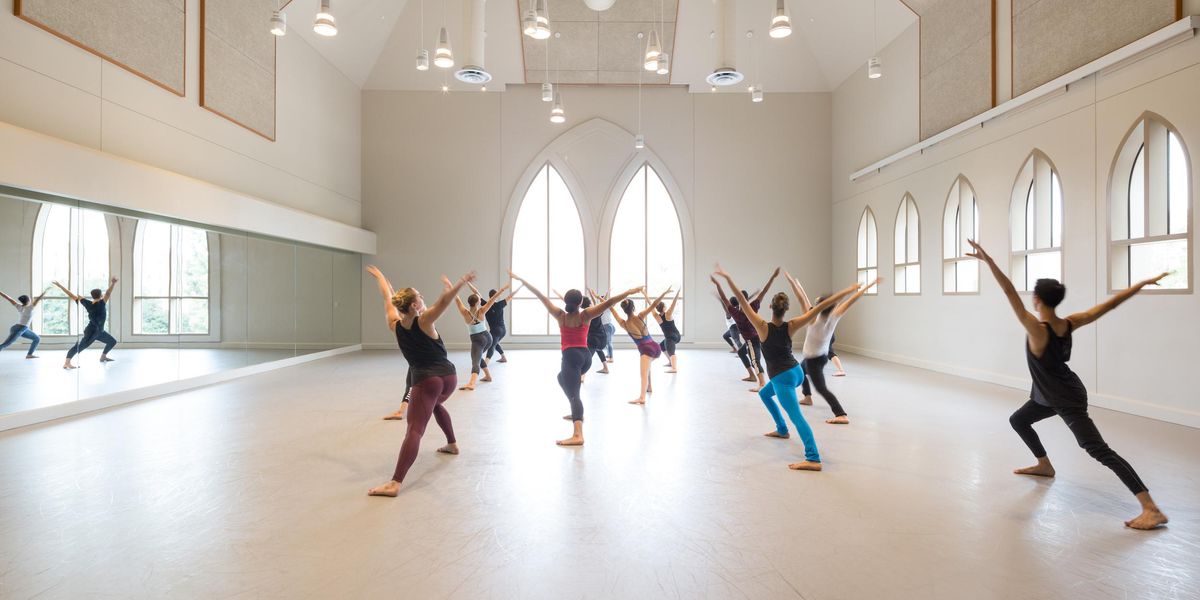Get Funded
DIY grant-writing advice for your next project
Grant writing can be both intimidating and empowering, tiresome and exhilarating, especially if you are new to the process. I found this true when I started my first grant proposal 15 years ago for Richmond-based Ground Zero Dance, and it’s still true for me today. Yet grants are a key to financial support for your organization, as well as professional validation. In crafting a well-written proposal, you produce not just a clear case for funding, but a detailed road map for the realization of your project.
Dream, In Detail
Your idea should drive your grant seeking—not the other way around. You may end up tailoring your project to better fit a grant’s requirements, but you shouldn’t alter it beyond recognition. Lay out the idea clearly before you begin looking for grantors whose interests intersect with yours. Are you focusing on a particular population or issue? Use those keywords (i.e., “gender,” “youth”) in your search for grantors. Maria Bauman, former associate artistic director of Urban Bush Women who now runs her own dance company, has written many successful proposals and served on grant-review panels. “Start as local as possible,” she says. “You’ll have a better chance with a regional opportunity than competing for national attention.”
Above: Maria Bauman suggests inviting a grantor to see your work. Photo by David B. Smith, Courtesy Bauman.
Read up on the mission and programs of any granting organization that looks promising. Does your mission fit with theirs? What other projects have they funded and how do those compare with yours? What size grants are typically offered?
Write
Most grant applications request some combination of the following: your mission and brief history of your organization, detailed project description (often called the “narrative”), project budget, biographies of key personnel and work samples. Generally, the narrative and budget make up the bulk of a proposal.
Once you’ve completed a draft, ask several colleagues—particularly any with grant-writing experience—to offer feedback. Proofread carefully, and be attentive to length and formatting requirements. After submitting your proposal, be patient: Most grantors give a time frame for responses, and following up will not help your chances.
Now, Create!
If your proposal is successful, use your narrative and budget as key parts of your implementation plan. At the end, look at your actual expenses and revenue and compare them to the initial budget. Did things cost more or less than you thought? Note any reporting requirements to complete at the end of the project, and send thank-you notes to staff and directors of the granting agency. If your project is not funded, contact the grantor to ask for feedback. Some will provide the reviewer’s comments in the rejection letter, giving you more information for the next proposal.
Get Real: The Budget
I’ve heard grant review panelists confess that the first thing they read in any proposal is the budget, since it’s a clear guide for translating the project idea into reality. A few things to keep in mind:
Be realistic.
Look up what things cost—materials, supplies, postage—don’t just guess. Over-budgeting can erode a grantor’s trust when you file a final report and haven’t spent all the funds you requested. Under-budgeting can impact the success of your project.
Be specific, within reason.
Don’t just list “Personnel” with one big number; add dancers, lighting designer, technical director, etc., with each associated fee. Under “Hospitality,” however, just list “post-performance reception” with an amount, rather than a detailed menu of hors d’oeuvres.
Pay yourself.
Include a budget line in “Personnel” for yourself as grant writer or administrator. Even a modest fee shows you respect the work put in by yourself and others.
List diverse income sources.
Most grantors don’t want to fund an entire project. What will your other sources of revenue be? Ticket sales? A Kickstarter campaign? Private donations?
Quick Tips
▪ Use positive language, like “will” instead of “would.” You want to convey dedication to the project’s ultimate success.
▪ Contact the organization with questions. “Applying cold can work,” says Bauman, “but is less likely than if you’ve gotten a little more information, or a staff person from the organization knows your work.”
▪ Don’t mention partners or collaborators if you haven’t talked with them yet. You need to have at least broached the idea with anyone you’re including in your proposal.
▪ “Have someone read what you wrote and make sure they can understand the project,” says Bauman. “You can see what parts you illustrated clearly and what you might want to be more explicit about.”
Resources
Dance/USA
Keeps an updated list of current funding opportunities (local to national), with deadlines and many other resources: danceusa.org/opportunitiesforfunding
National Assembly of State Arts Agencies
Provides a directory of state and regional arts agencies with contact information: nasaa-arts.org
U.S. Regional Arts Organizations
Lists regional funders, such as Mid Atlantic Arts Foundation, with descriptions and web addresses: usregionalarts.org/funding.htm
Foundation Center
Offers free or paid search of a substantial database of foundations with areas of funding interest, in addition to resources on national trends, grant writing and more: foundationcenter.org




